Opening tonight (Thursday April 20) in the first floor rooms of the Irish Architectural Archive, 45 Merrion Square, The Architecture of al-Andalus: Photographs by Michael Barry is an exhibition of dramatic photographs by Irish author and photographer Michael B. Barry exploring the architectural legacy of nearly 800 years of Islamic presence in Spain.
Supported by the by the Spanish Tourism Office in Dublin, the exhibition shows the beautiful and impressive remains of fortresses, palaces, places of worship and more. Included are world-famous buildings such as the Alhambra in Granada and the great Mosque in Córdoba, but also less well-known but noteworthy structures from across Spain.
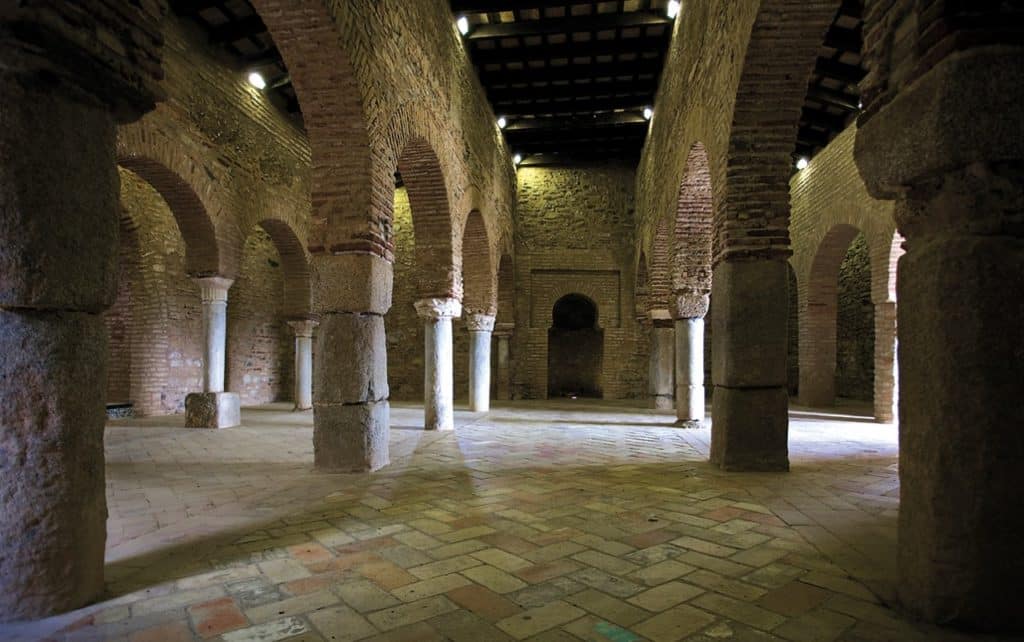
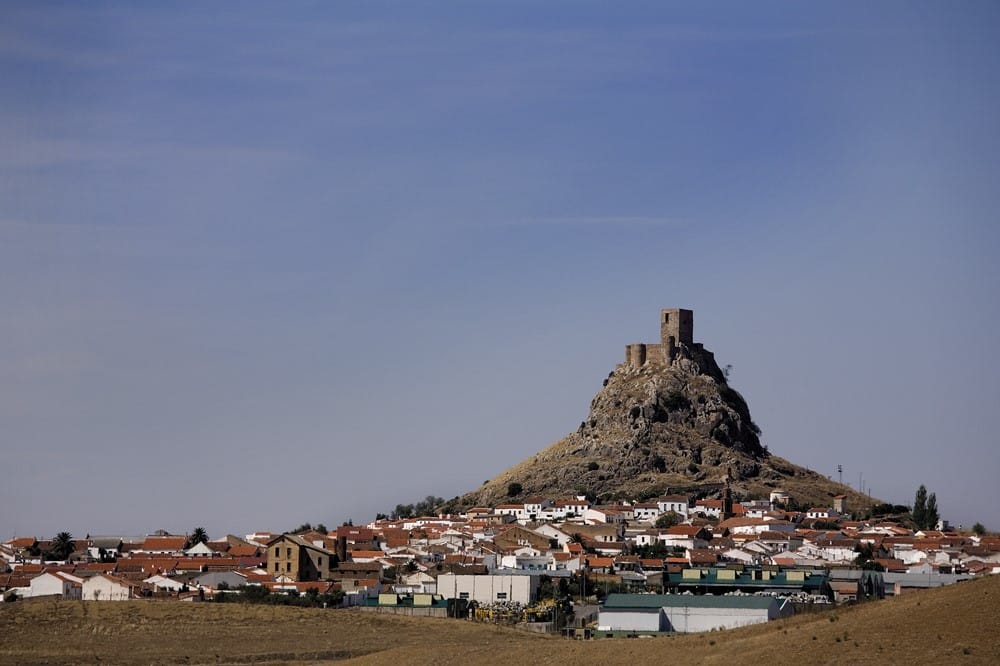
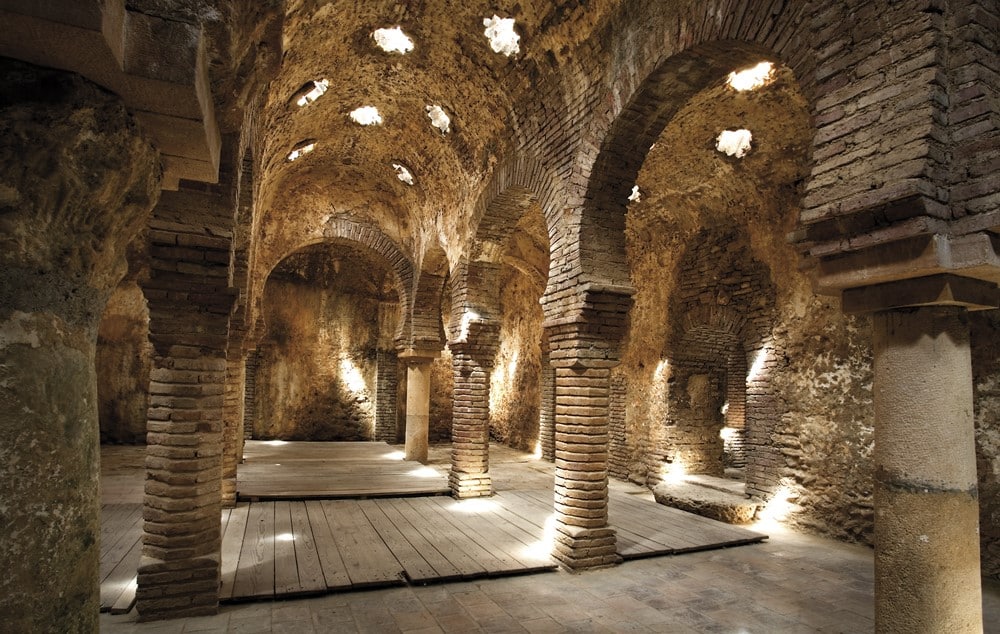
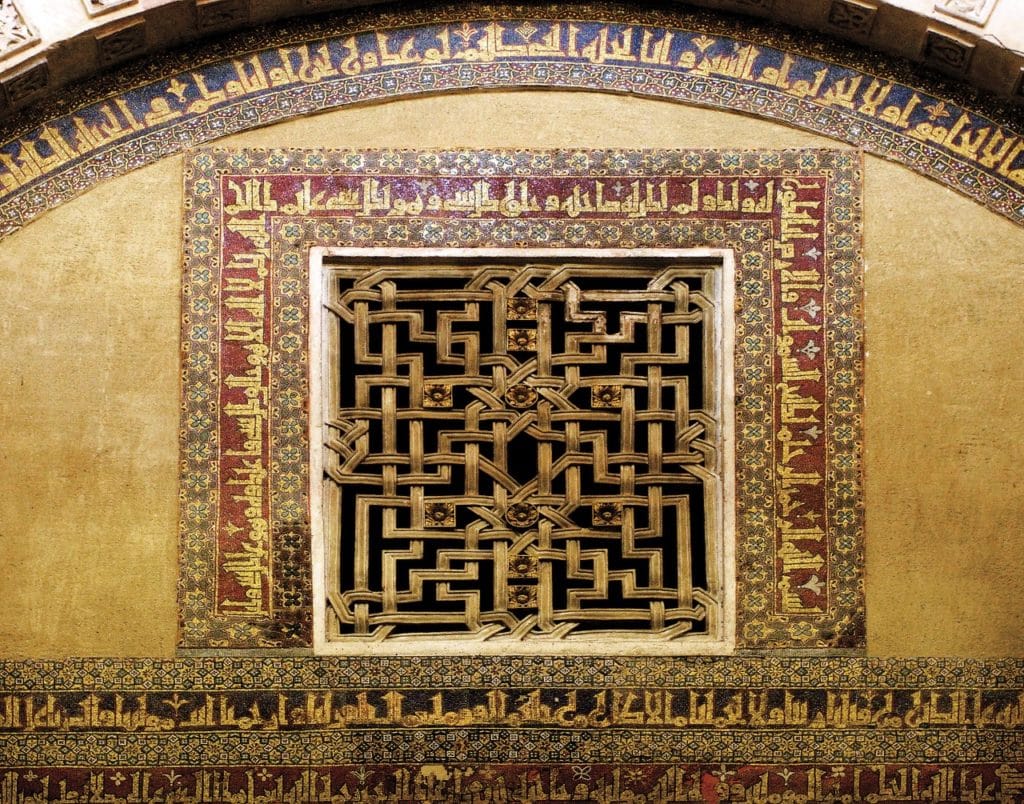
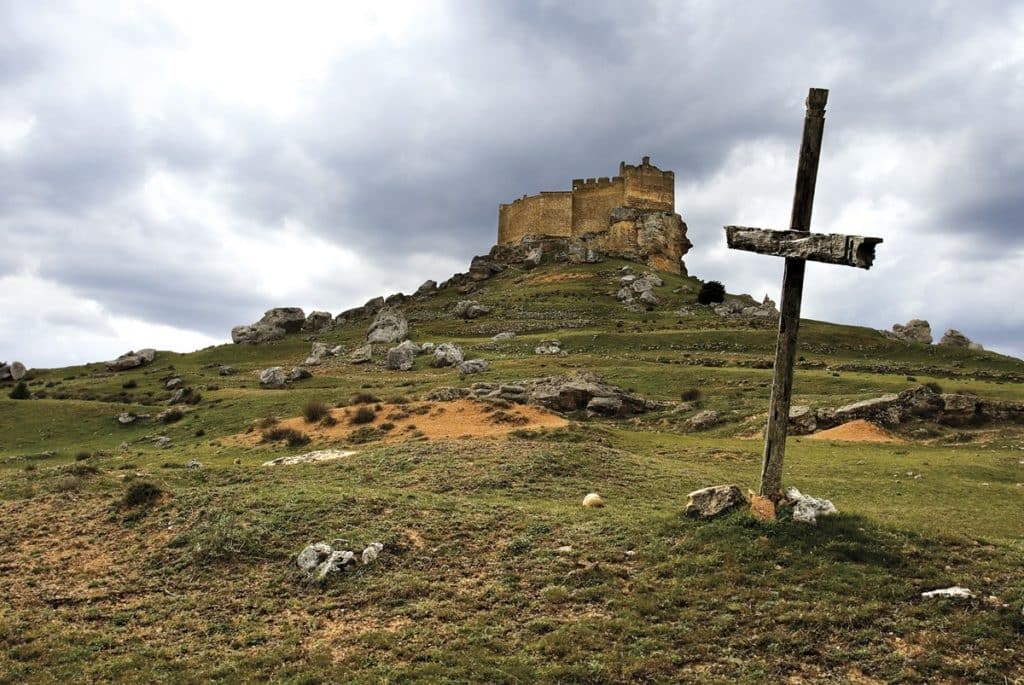
These photographs were taken by Michael B. Barry during the preparation of his book Homage to al-Andalus, the Rise and Fall of Islamic Spain. Michael, from West Cork, has also written extensively on the history and heritage of Ireland.
Al-Andalus refers to Islamic Spain and Portugal. In 711 CE Muslim forces from North Africa invaded and defeated the Visigothic rulers. The Umayyad dynasty, originally from Syria, ruled most of the Iberian Peninsula from their capital, Córdoba, for the next 250 years, creating a new Arabic-speaking Islamic society. By the middle of the tenth century, Córdoba was a leading city of the world, adorned with elaborate mosques, bathhouses and libraries, as well as public lighting, running water and sanitation.
Umayyad rule collapsed at the beginning of the eleventh century and over thirty statelets, called Taifas, emerged. The Christian kingdoms in the north began to strengthen and expand. Seizing the opportunity presented by the weakness of the Taifas, the Almoravids, Berber Muslims from what is now Morocco, conquered al-Andalus towards the end of the eleventh century. The Almoravids were followed in turn by the Almohads who were themselves defeated in 1212 by a Christian alliance which subsequently overran most of al-Andalus. By 1250, only the Nasrid Emirate of Granada was left, an area roughly equivalent to two thirds of present-day Andalucía. Despite the territorial decline, the cultural brilliance continued, as manifest in the construction of the sublime palace-city of the Alhambra from 1238.
The end of al-Andalus came in 1492 when the Catholic forces of King Ferdinand of Aragon and Queen Isabella of Castile took Granada. The last of the Muslims were expelled at the beginning of the seventeenth century. However, the legacy of al-Andalus remains. It can be found in Arabic words in the Spanish language, in place names and, above all, in exquisite buildings great and small.
The exhibition is kindly sponsored by the Spanish Tourism Office in Dublin.



